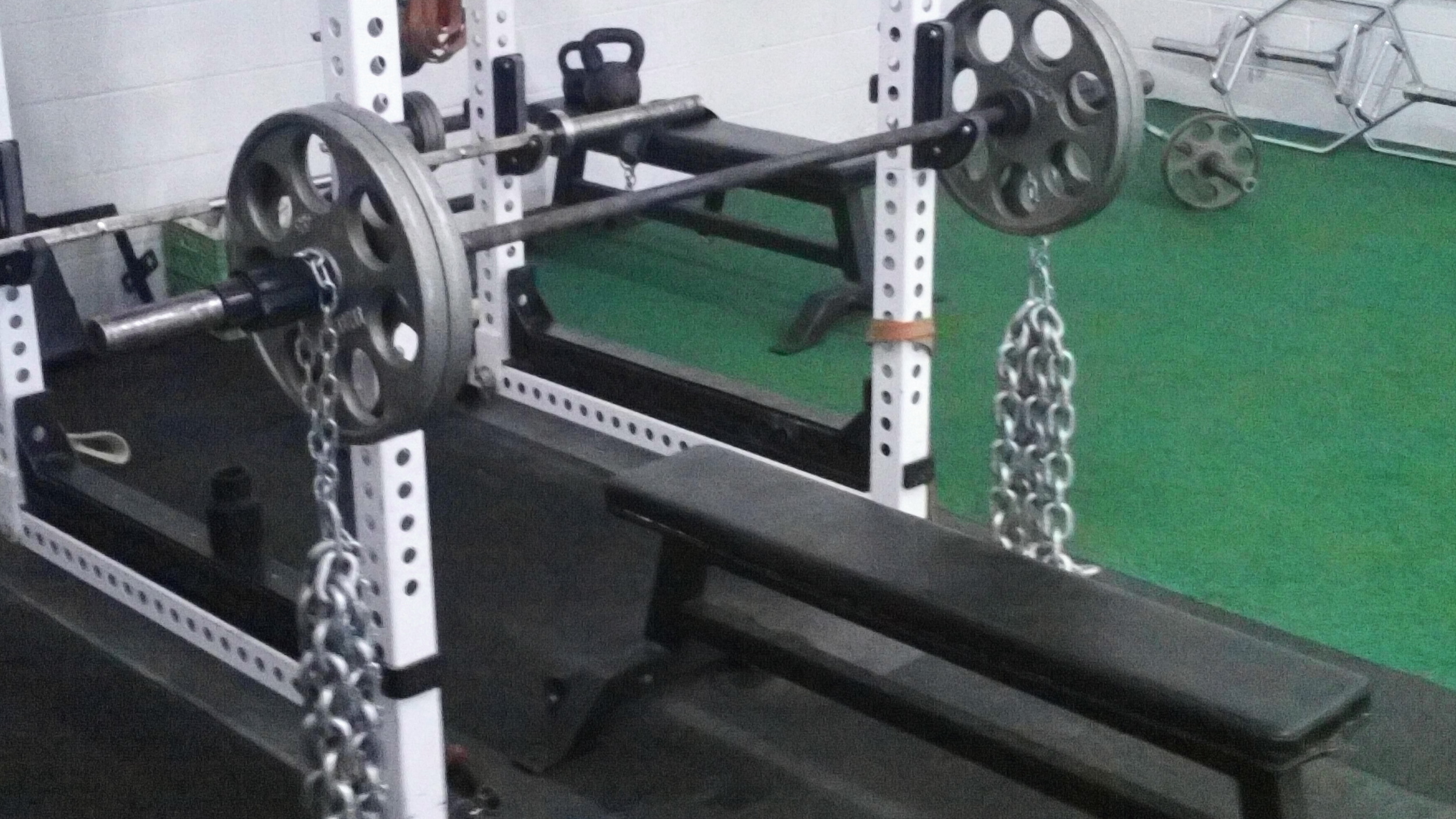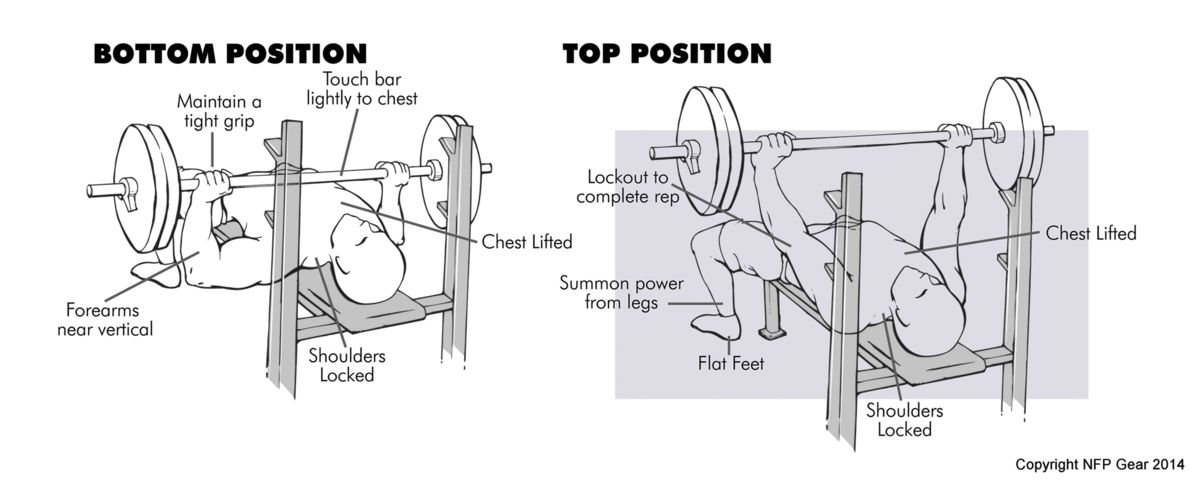Bench Press Prep for Combines
This week we are going to take a look at the bench press. The bench press is solid test of upper body strength and muscular endurance, depending upon the load. Bench pressing for reps is a common test in the football combine setting. Will the bench press make you a better footballer? I don’t see an obvious direct correlation to many of the sports’ activities but being weak sure won’t help your chances of getting on the team or field. Typically maximum strength is measured via a one repetition (1RM) max but in the combine setting a specific weight is applied to a barbell and pressed for as many full repetitions as possible. This saves time from having to find every athletes true 1RM. The athletes and coaches can then use the projected 1RM to calculate max strength. To sum things up according to the combine standards, whoever can complete the most reps is the “strongest”. Here are a few tips to squeak out more repetitions with heavier loads when combine time comes around.
Set Up and Technique
- Keep your feet flat on the floor with your hips, shoulders, and head on the bench
- Tuck your shoulder blades back into the bench and prevent your elbows from flaring out which can lead to shoulder injuries. Keeping your back tight throughout the lift and “pulling” the bar down to you will help in preventing this.
- Place your hands comfortably apart on the bar so that your forearms align in a vertical position
- Inhale as you lower the bar to your chest at a controlled tempo
- Exhale as you forcefully extend the arms back to the starting position
- Click here to check out solid bench press form from the front and side.
Regardless of the test weight, it is important to refrain from constantly training with that weight. Your performance in this assessment will not improve without increasing your overall strength in the bench press. Because of this it is important to spend time training strength with high weights for a lower number of repetitions. Due to the high-rep nature of this test (hopefully), another layer of complexity to training is athletes must also have high rep training days to become comfortable performing under fatigue and the onset of lactic acid.
Although this is an upper body pushing assessment, it is imperative to incorporate rows and pull ups into your training to help with muscle balance, posture, and injury prevention. A great tool to add some spice to these training days would be to use Fat Gripz or another grip strength tool so that when you return to a normal size bar you can crush it.
There are literally a ton of different bench press variations so try them all. The modifications with boards, bands, incline/decline angles, and grips widths open the door to many options. The bench press with some sort of incline is great for athletic performance as many pushing movements in competition will not be straight ahead but as long as the flat bench press is the standard for football and other sports testing it’s important we train for it as intelligently and efficiently as possible. In this throwback blog post (circa 2011) Sarah lists’ 40 bench press variations and 40 push up variations to add some strength to your life.



